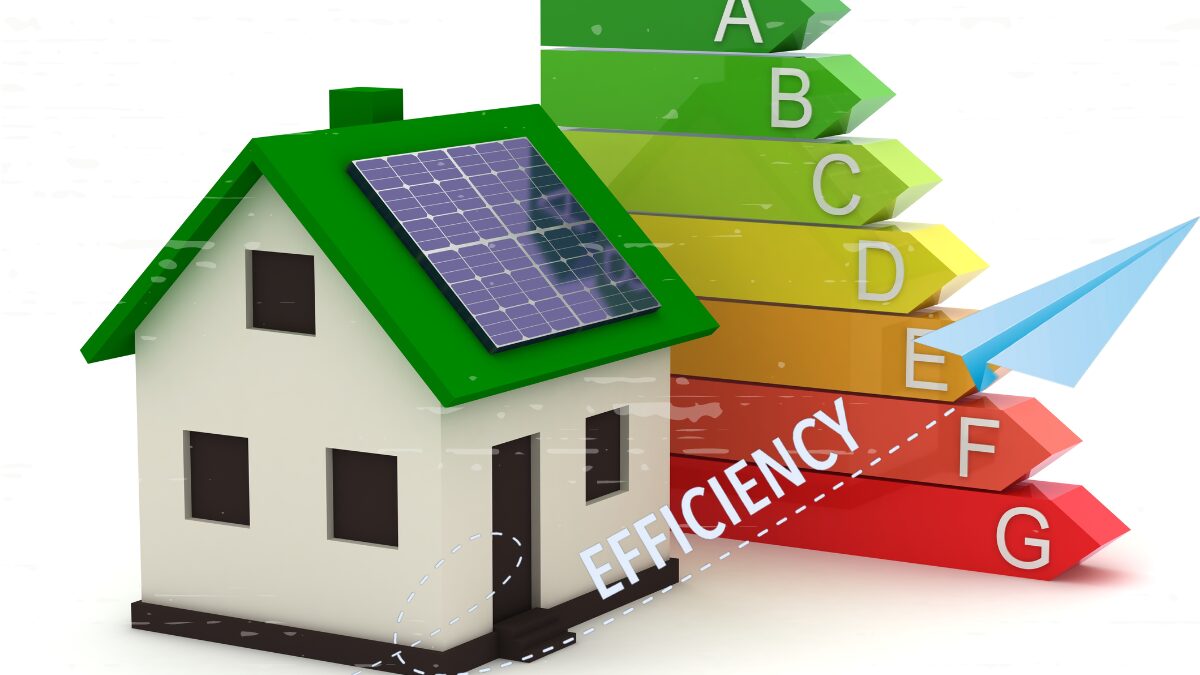Effective property management for rental properties requires meticulous attention to detail, including the tracking of maintenance. Response times to maintenance requests are crucial in ensuring tenant satisfaction and preserving the value and integrity of properties. How to respond quickly to maintenance requests is detailed in this comprehensive tutorial.
Key Takeaways:
- Implementing robust maintenance request systems and prioritizing tasks ensures that issues are addressed promptly and efficiently.
- Maintaining clear communication with tenants throughout the maintenance process builds trust and keeps them informed.
- Having a skilled in-house maintenance team and reliable contractors helps quickly resolve issues and maintain high standards.
- Utilizing technology and preventive maintenance programs enhances efficiency and prevents major problems from arising.
1. Implement a Robust Maintenance Request System
Online Maintenance Portals
Utilize an online portal where tenants can easily submit maintenance requests. This portal should allow tenants to describe the issue, upload photos, and select the urgency of the request.
Mobile App Integration
Develop or use an existing mobile app that integrates with your property management system. This allows tenants to submit requests on-the-go and enables property managers to track and respond swiftly.
2. Prioritize Maintenance Requests
Categorization
Categorize requests into emergency, urgent, and routine. Emergency issues (like water leaks or electrical faults) should be addressed immediately. Urgent issues (like broken appliances) should be prioritized within 24-48 hours. Routine maintenance (like leaky faucets) can be scheduled within a week.
Automated Triage System
Implement an automated triage system that assigns priority levels to incoming requests based on predefined criteria. This ensures that high-priority issues are flagged and addressed first.
3. Streamline Communication
Regular Updates
Keep tenants informed about the status of their requests. Automated email or SMS notifications can update them when their request is received, assigned, and completed.
Direct Contact Options
Provide a direct contact number for maintenance emergencies. Ensure there is always someone available to answer calls during off-hours.
4. Maintain a Skilled In-House Maintenance Team
Hiring Competent Staff
Recruit skilled maintenance personnel who can handle a variety of issues efficiently. Continuous training and certification can help keep the team updated with the latest techniques and safety standards.
Adequate Staffing Levels
Ensure you have enough maintenance staff to handle the volume of requests promptly. Overburdened staff can lead to delays and decreased quality of work.
5. Develop Relationships with Reliable Contractors
Preferred Vendor List
Establish a list of preferred contractors for specialized tasks that your in-house team cannot handle. Having pre-vetted, reliable vendors ensures quicker response times and consistent quality of work.
Service Level Agreements (SLAs)
Create SLAs with your contractors to define the expected response and completion times for different types of maintenance issues. This holds contractors accountable and ensures timely service.
6. Stock Essential Spare Parts and Equipment
Inventory Management
Maintain an inventory of commonly needed parts and supplies. This reduces wait times for parts to be ordered and shipped, allowing repairs to be completed more swiftly.
Regular Restocking
Monitor inventory levels regularly and restock as needed. Implementing an automated inventory management system can help track usage and alert you when supplies run low.
7. Implement Preventive Maintenance Programs
Regular Inspections
Regular property inspections can spot and fix faults before they become serious ones. This proactive approach reduces the number of emergency requests.
Scheduled Maintenance
Schedule routine maintenance (e.g., HVAC, plumbing) to prevent breakdowns and extend property system life.
8. Utilize Property Management Software
Centralized Management
Invest in comprehensive property management software that integrates maintenance request tracking, scheduling, and communication. This centralizes all maintenance activities, making it easier to manage and respond to requests.
Analytics and Reporting
Use the software’s analytics features to track response times, identify common issues, and measure team performance. This data can help refine processes and improve efficiency.
9. Foster a Culture of Accountability
Performance Metrics
Establish maintenance team performance KPIs like average response time and completion rate. Regularly review these metrics and provide feedback to ensure continuous improvement.
Incentive Programs
Implement incentive programs to reward maintenance staff for exceptional performance. This can motivate the team to address requests promptly and maintain high standards of work.
10. Solicit Tenant Feedback
Post-Service Surveys
After a maintenance request is completed, send a survey to the tenant to gather feedback on the quality and timeliness of the service. This feedback can provide valuable insights into areas for improvement.
Open Communication Channels
Encourage tenants to provide feedback and suggestions for improving the maintenance process. Open communication fosters a sense of community and helps build trust.
FAQs
1: How can tenants submit maintenance requests effectively?
Tenants can submit maintenance requests effectively through an online portal or mobile app that allows them to describe the issue, upload photos, and select the urgency of the request.
2: What is the benefit of categorizing maintenance requests?
Organizing maintenance requests into emergency, urgent, and routine categories helps prioritize activities and plan routine maintenance.
3: How can property managers ensure timely responses to maintenance requests?
Property managers can ensure timely responses by implementing a robust request system, maintaining clear communication, having a skilled maintenance team and reliable contractors, and utilizing technology and preventive maintenance programs.
Conclusion
To keep tenants happy and the property in good repair, it is essential to respond quickly to maintenance requests. Property managers may guarantee successful and efficient maintenance management by utilizing technology, having a competent workforce, prioritizing duties, communicating clearly, and establishing a strong repair request system.

